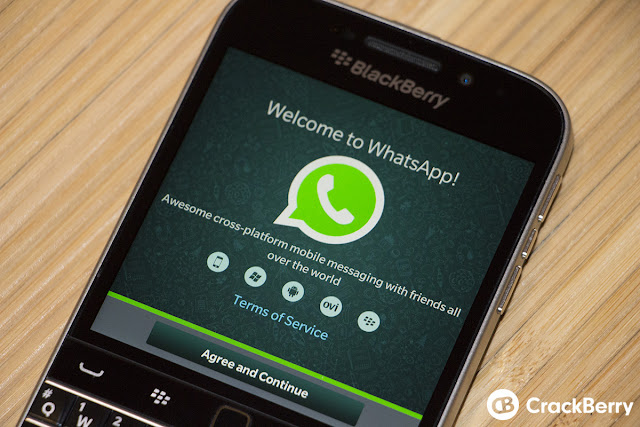Bloatware: Why computer makers fill your PC with junk, and how to get rid of it
There’s no doubt about it: Even though the root vulnerability came from Superfish, Lenovo messed up. Hard. This shouldn’t have happened, period. But Lenovo didn’t toss its users to the wolves out of malice—instead, the Superfish debacle is a natural extension of the entire bloatware epidemic.
Why do hardware vendors knowingly stuff new PCs with junk that makes your experience worse? And what can you do about it? Let’s dig in.
Dolla dolla bills y’all
Bloatware exists because we’re all cheap bastards, and rightfully so.
Sony sold off its Vaio PC line and exited the computing industry completely in early 2014.
While that sounds good on paper, deep down it’s actually troubling news for the PC industry. Mainstream personal computers are a cut-throat business; prices have been racing to the bottom for years now. PC vendors make little to no money on such slim margins, which is a core part of the reason HP is splitting off its PC division (again) , Dell took itself private, and Sony and Samsung have bowed out of the PC industry to varying degrees. There’s simply no real money to be made on dirt-cheap hardware.
Enter bloatware.

It’s a nasty, symbiotic relationship for bloatware developers, PC makers, and everyday users. Bloatware effectively subsidizes PC prices. If it weren’t for all that crud, you’d pay more—perhaps much more—for your computer.
Beat it, bloatware
That doesn’t change the fact that bloatware sucks, however. (There’s a reason people also call it “crapware.”) Even ignoring Superfish’s security implications, the sea of junk consumes your PC’s precious hardware resources and can significantly slow down boot times, as this since-removed graphic advertising Microsoft’s Signature Edition PCs shows. Microsoft Signature Edition PCs
Microsoft Signature Edition PCs The easiest way to deal with bloatware is to sidestep it completely. Microsoft—which obviously wants to present Windows in the best possible light—offers bloatware-free “Signature Edition” versions of many popular PCs, from the $200 HP Stream 13 to the jaw-dropping Dell XPS 13 and even more expensive models. Even better, Microsoft charges little or no premium for its clean computers; the biggest price gap we found between a Signature Edition PC and its crud-filled counterpart was $30. You can check out the full lineup here.
Microsoft puts its money where its mouth is, too: The company’s Surface laptop-like tablets are similarly bloatware-free.
 Microsoft
Microsoft Alternatively, boutique system builders like Digital Storm, AVA Direct, and Origin can build you a custom rig with nary a whiff of shovelware installed. Their PCs tend to be a bit pricer and focused on gaming or business-ready workstations, however.
Cleaning up the mess
All’s not lost if you buy a standard bloatware-filled PC, however. Wiping run-of-the-mill crapware off your PC is fairly straightforward, assuming it doesn’t sneak in deeper, more dangerous hooks like Superfish did. (Lenovo’s Superfish appears to be a unique situation, however—at least for preloaded bloatware. PCWorld’s guide to Superfish removal can help you kill it with fire if you’ve recently purchased a new Lenovo PC.)Deleting bloatware in the form of Windows Store apps couldn’t be easier: Just right-click on its Tile, then select Uninstall. Boom! Done. Likewise, sifting through the list of software in the Control Panel’s “Uninstall a Program” section (Control Panel > Programs > Uninstall a program) will let you see all and eliminate all the crapware that takes the form of traditional desktop software.

Remember to reactivate Windows Defender or install some security software if you remove trialware antivirus from your PC. You don’t want to head into the wilds of the Web unprotected.
If manual labor isn’t your thing, a clean installation of Windows can give you the proper like-new experience that Microsoft intended, though novice PC users probably shouldn’t muck around with reinstalling their operating system.
But wait! You don’t want to rely on Windows 8’s Refresh and Reset feature or your PC maker’s recovery images (if your PC maker even includes those). Sly system manufacturers have begun sneaking bloatware into their system images, meaning that if you reinstall Windows with the provided tools, you’ll also be reinstalling the preloaded crapware—pretty much the opposite of a fresh install, really.

Phew! That was a lot of work, but now you should be staring at the pinnacle of computing: A new PC with a cleanly installed operating system. What now? It’s time to start filling it with more useful software, of course. We’ve got your back here, too. Check out our guides to the 22 free programs your new PC needs and 20 obscure, yet powerful free programs that ease your daily tasks for a slew of suggestions.
Just be sure to mind those options while you’re installing new software—you don’t want to leave a rogue checkbox filled in and stuff your fresh PC with all-new bloatware!

Comments
Post a Comment